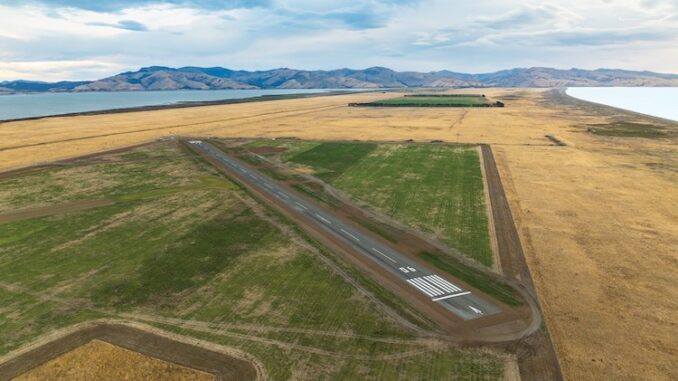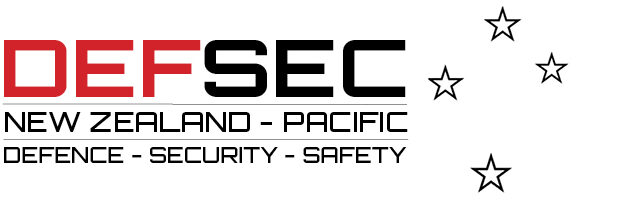
Opening of Tāwhaki National Aerospace Centre and new sealed runway at Kaitorete set to super charge Aotearoa New Zealand’s aerospace sector and help meet international demand.
Domestic and international companies are already testing and trialling leading-edge technologies at Kaitorete, a 50-minute drive from the Christchurch CBD.
US-based Wisk Aero recently conducted its world-first airspace integration test flights for an uncrewed aircraft from Kaitorete, and Dawn Aerospace and Kea Aerospace will now be able to conduct horizontal space launches and stratospheric flights from the site.
The creation of innovation centres such as Tāwhaki follows international best practise to advance growing sectors.
The new one-kilometre runway and planned hangar facilities were funded by a $5.4 million grant from the New Zealand Government’s Regional Strategic Partnership Fund, which is administered by Kānoa. This is forecast to enable aerospace and tech sector growth delivering over 1,300 high value, high wage jobs, and up to $2.4 billion in economic benefits over the next 10 years.
Tāwhaki Board Member David Perenara-O’Connell said mana whenua (indigenous people) of Kaitorete were proud to be at the forefront of supporting the country’s aerospace sector and acknowledged their partnership with the New Zealand Government in the Tāwhaki Joint Venture.
“Offering clear skies and access to a wide range of orbits from an expansive, unpopulated, flat strip of land 25km long, Kaitorete is nestled between Te Waihora (Lake Ellesmere) and the Pacific Ocean.”
“To fully enable the sector, supply chains and realise the economic benefits for all New Zealanders, takes a collaborative approach,” said Perenara-O’Connell. “We’re grateful for the support of our government, local authorities, regulators, aerospace partners, research and science communities, and suppliers who share our vision of a world-leading hub for innovation and exploration.”
“We believe that this mission is truly unique. The way in which we weave together mātauranga Māori (indigenous knowledge) with cutting-edge innovation in aerospace and environmental rejuvenation, marks a new era in sustainable land use,” he said.
Offering clear skies and access to a wide range of orbits from an expansive, unpopulated, flat strip of land 25km long, Kaitorete is nestled between Te Waihora (Lake Ellesmere) and the Pacific Ocean.
Tāwhaki Chief Executive Linda Falwasser said the Joint Venture was taking a staged approach to its developments, with the potential to support vertical space launch in the future.
“We have one of the world’s best locations for aerospace and space launch and we’re prioritising critical infrastructure alongside rejuvenation of this special whenua (land),” said Falwasser. “This includes exploring solar power and green hydrogen production and storage.”
“Aotearoa and the world will benefit from the discoveries here, with operators developing new methods and technologies for environmental monitoring, weather and disaster forecasting, precision agriculture, sustainable space transport and beyond,” she said.
According to Professor Peter Gostomski, Acting Deputy Vice-Chancellor Research at the University of Canterbury, the university is keen to play a part.
“For our University to have access to an aerospace research facility right on our doorstep offers an exceptional opportunity for students studying Aerospace Engineering and other related disciplines,” he said. “Not only to develop unique skills and apply their knowledge but to work in this industry within our region.”
“We’re excited to see continued growth and investment in this sector and envision a future where Waitaha Canterbury stands as a leader in aerospace innovation.”



